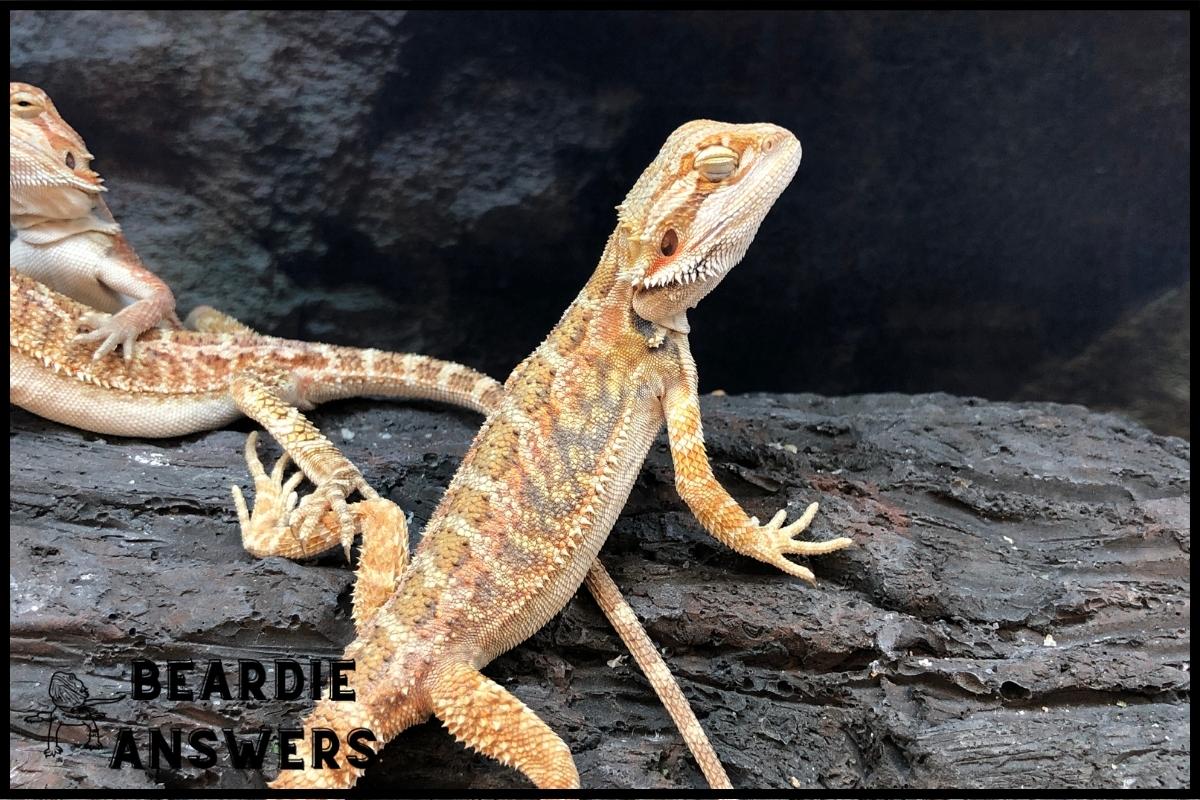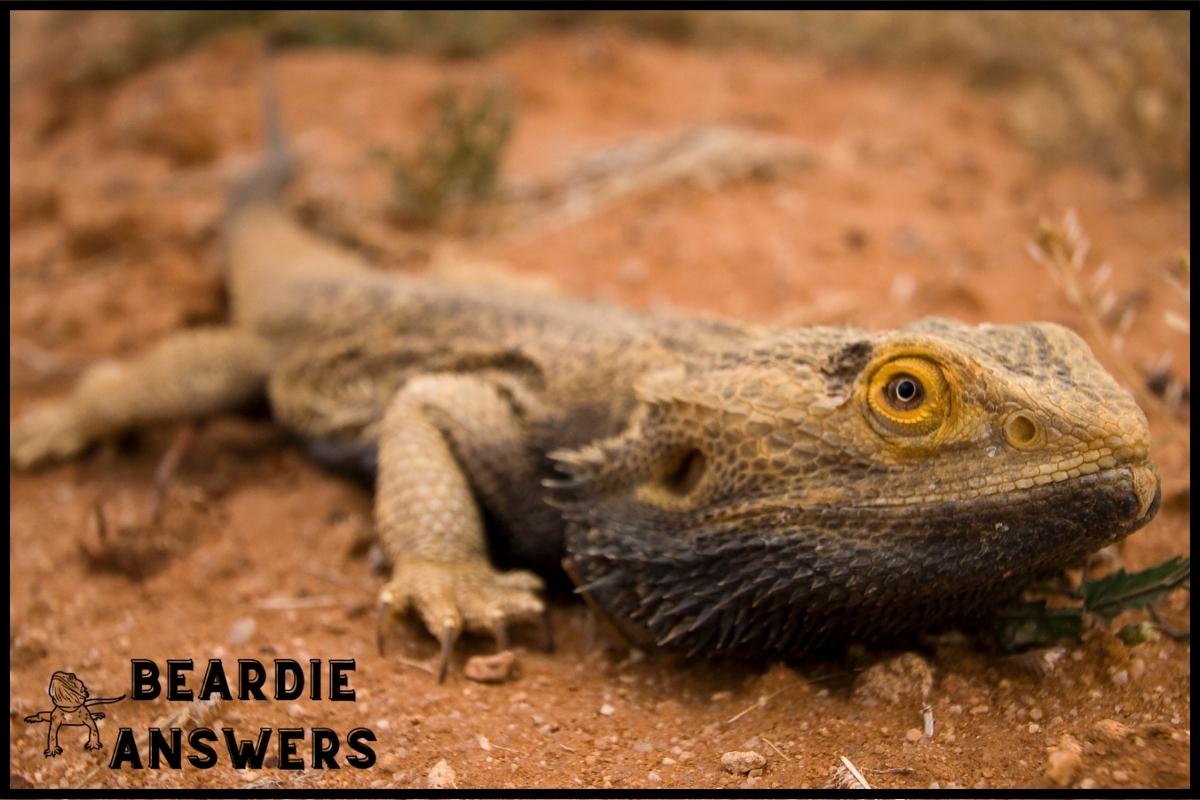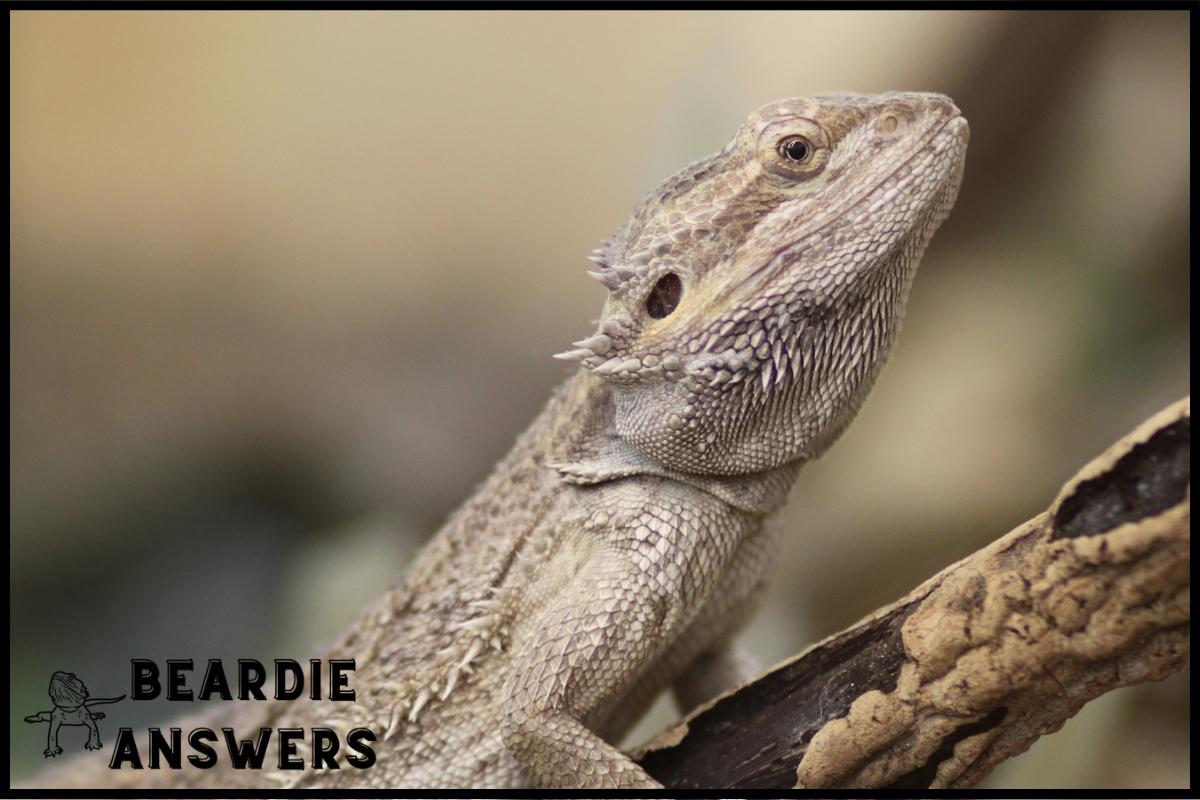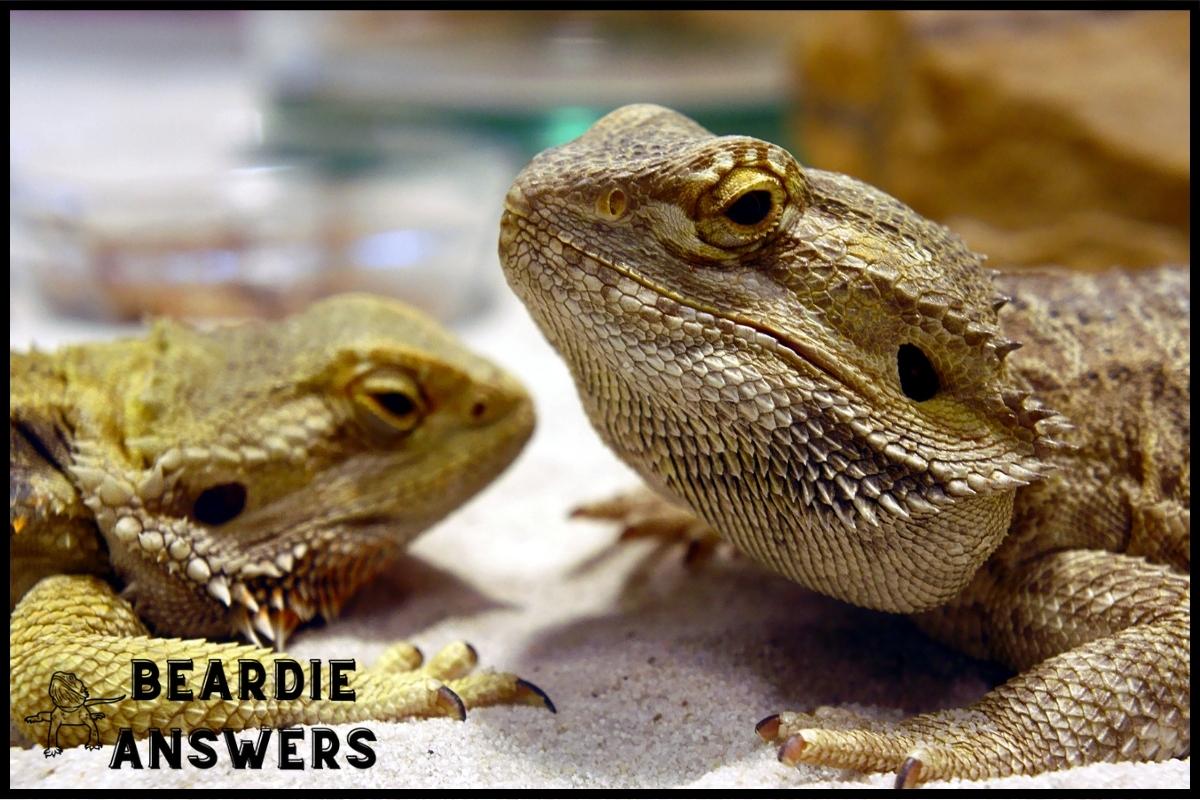Female bearded dragons can lay eggs even without mating, but these eggs will be infertile. Mating season for bearded dragons is typically in the spring, and the eggs can be laid between 1-3 months after mating. It is important to provide a suitable nesting area for the female to lay eggs if she becomes gravid.
What You'll Learn
Bearded Dragon Reproduction
You could say that bearded dragons have an egg-cellent reproduction system. From sexing the dragons to incubating their eggs, it’s a complex process with many variables.
When it comes to mating, female and male bearded dragons can be identified by looking at their size and shape. Male dragons typically have larger heads while females usually have wider bodies as they are preparing for egg laying.
After mating, female bearded dragons may lay one or two clutches of eggs per breeding season with each clutch containing up to 20 eggs.
To prepare for hatching, these eggs must be incubated in a controlled environment where temperatures remain steady and humidity levels are regulated. Incubation periods vary depending on the species but typically last between 42 – 65 days before the baby lizards emerge from their shells!
When Do Bearded Dragons Lay Eggs?
Bearded dragons are a type of lizard that can reproduce through mating or parthenogenesis.
When male and female bearded dragons mate, the females will typically lay eggs between 1-3 months after copulation. During this time, it’s important to be aware of their mating behaviors so you can properly prepare for egg laying.
Egg incubation is also essential at this stage as proper temperatures must be maintained in order to ensure successful hatching. In addition, humidity levels should remain consistent throughout the process if possible.
All these factors combined have an impact on when and how many eggs your bearded dragon will lay. Moving forward, it’s important to understand what other factors may influence egg laying in the species.
Factors That Impact Egg Laying
While many believe that bearded dragons lay eggs only after mating, the truth is more complex. Female bearded dragons can lay eggs even without mating – a process called parthenogenesis.
The environment and other factors play an important role in determining when they will lay their eggs.
Environmental conditions are one of the primary factors impacting egg laying in bearded dragons. Temperature regulation plays an essential role in optimizing the reptile’s reproductive cycle, which includes egg production and incubation.
Bearded Dragons require warm temperatures to induce ovulation and these should be sustained for two months before breeding season begins. Similarly, humidity levels need to be kept at optimal levels to ensure proper incubation of the eggs during pregnancy.
When all environmental parameters are within range, female bearded dragons may start producing fertile eggs as early as 1-3 months post-mating or parthenogenesis.
This brings us to preparing for egg laying – making sure your pet has access to adequate nutrition and water while avoiding stressors such as overcrowding or changes in temperature/humidity levels inside its enclosure.
Preparing For Egg Laying
Before a female bearded dragon can lay her eggs, it is important to prepare the environment for egg-laying. Setting up nesting boxes and providing calcium supplements are key steps in this preparation process.
The nesting box should be made of a material like sand or soil, which will provide insulation and support for the eggs as they incubate. It is also important to make sure the temperature inside the nesting box is not too high or low – a temperature gradient between 80℉ – 90℉ is ideal. Additionally, calcium supplements should be provided to help ensure healthy growth of baby dragons once they hatch.
Once these steps have been taken, you can begin monitoring your pet’s behavior for signs that she may soon lay her eggs. Common pre-laying behaviors include digging around in their enclosure, spending more time than usual in their nesting box, or searching for dark places throughout the cage where she could potentially hide her clutch of eggs.
When you observe any of these behaviors, start preparing for when your pet lays her eggs! Caring for bearded dragon eggs takes special attention and dedication from both owner and reptile alike. Once laid by the female, it’s up to us to ensure each egg develops properly until hatching day arrives.
To do so requires knowledge on how to monitor temperatures, recognize signs of distress such as discoloration or fungal growth on an egg’s shell, and knowing when (and if) an intervention might be necessary. With some practice and patience we’ll soon find ourselves with happy little babies scampering about our homes!
Caring For Bearded Dragon Eggs
Caring for Bearded Dragon Eggs is a delicate process that requires patience and attention. It’s like watching the sky on a clear night, as you wait with bated breath for the stars to appear one by one in the heavens above. The same level of anticipation applies here when caring for eggs from your beloved pet reptile.
When it comes to incubating eggs, there are several things to consider:
- Temperature – Incubators should be kept at around 88 degrees Fahrenheit (31 Celsius)
- Humidity – Aim for an ambient humidity between 50%-60%
- Timeframe – Most bearded dragon eggs will hatch within 60-90 days depending on temperature/humidity levels
- Egg Handling – Handle eggs carefully and avoid moving them more than necessary
- Substrate – Use moist vermiculite or perlite as substrate material during incubation period
Without proper care, even small fluctuations can cause developmental issues resulting in unhealthy hatchlings or even nonviable eggs. So take the time to properly monitor conditions throughout the entire incubation period until hatching occurs.
Now that we’ve discussed how to handle bearded dragon eggs, let’s transition into understanding parthenogenesis in these fascinating creatures.
Parthenogenesis In Bearded Dragons
Parthenogenesis, or virgin birth, is a phenomenon that can occur in some species of animals. Bearded dragons are one of the few reptile species known to be able to reproduce through parthenogenesis and have been observed doing so in captivity settings.
The process begins with the female bearded dragon producing unfertilized eggs which she then lays in an incubation chamber. The temperature and amount of oxygen within this enclosure will determine how long it takes for the egg to hatch, typically between 8-12 weeks depending on conditions. During this time period, there must also be careful monitoring of humidity levels as too much or too little could cause the embryo inside the egg not to develop correctly.
Once hatched, these baby bearded dragons look just like their parents but without having any genetic material from a male partner contributing to them. This means they will all possess traits identical to those of the mother dragon who laid them. While parthenogenesis has only been observed occurring in captive situations thus far, understanding more about its occurrence may provide us new insight into breeding strategies used by wild populations of bearded dragons and other reptiles that produce offspring using this method.
Conclusion
The female bearded dragon is like a mother, patiently preparing and caring for her eggs in anticipation of the new life they will bring into the world.
Her love and dedication to her offspring are as strong as any other creature on earth; she diligently tends to them until their hatching day arrives.
With every clutch of eggs laid, there comes an opportunity for renewal and hope that this little family can grow together.
The cycle of life continues with each passing generation, reminding us all of how powerful nature truly is.

Hi! My name is Bryan, I am the “one behind the words” here are BeardieAnswers.com. I believe that providing quality care and nutrition is the best way to ensure the health of your pet. Every beardie is special and deserves the best care and attention. If you have questions about your bearded dragon, please don’t hesitate to ask! View My Full Author Page




